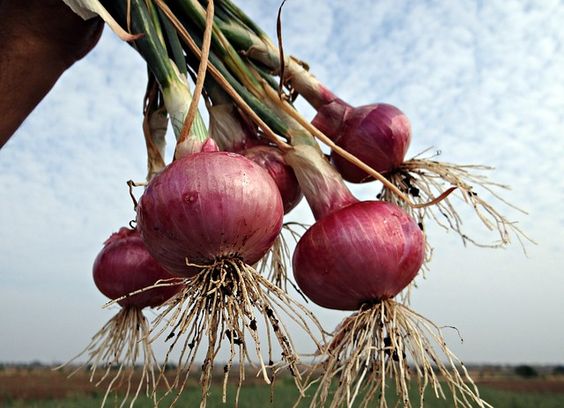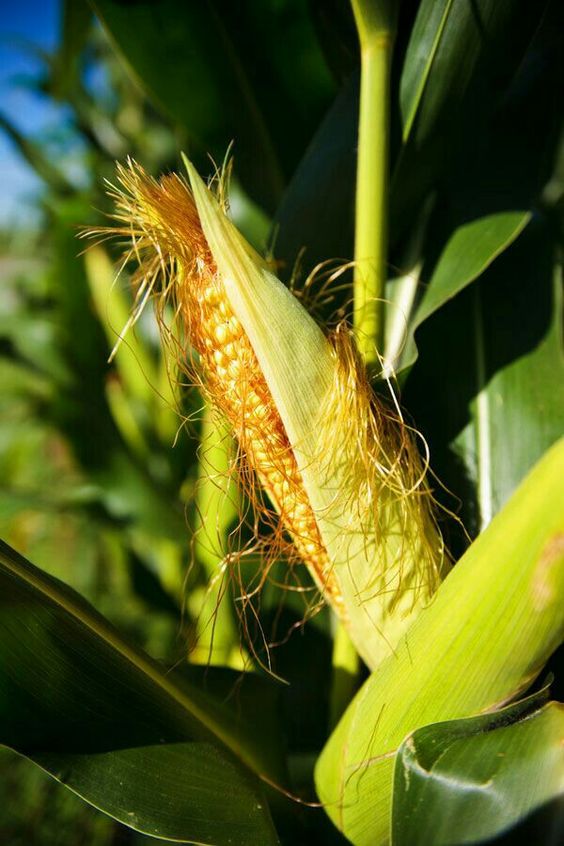Harnessing Synergy: How Mixed Planting Patterns Drive Smart Agriculture
Mixed Planting Patterns landscape is undergoing a significant transformation. With a growing global population and a pressing need for sustainable practices, the industry is embracing innovative solutions like Smart Agriculture. This approach leverages technology and data-driven insights to optimize resource utilization, improve yields, and minimize environmental impact.
One such strategy within Smart Agriculture is the utilization of mixed planting patterns. This age-old practice, with its roots in traditional farming methods, is experiencing a resurgence due to its perfect alignment with the principles of sustainable and efficient agriculture. This article delves into the world of mixed planting patterns, exploring their benefits, implementation considerations, and their role within the broader Smart Agriculture framework.
Contents
Understanding Mixed Planting Patterns
Mixed planting, also known as companion planting or intercropping, involves cultivating two or more different crop species in the same field or raised bed. This practice stands in stark contrast to monoculture, the dominant agricultural system for centuries, where a single crop variety occupies a large area.
There are several ways to implement mixed planting patterns. Here are some common approaches:
- Row intercropping: Planting rows of different crops in alternating sequences within the same field.
- Strip intercropping: Planting different crops in wide strips within the same field.
- Relay intercropping: Planting a second crop after the first crop has reached a certain maturity stage.
- Interplanting: Planting a shorter-season crop between rows of a taller, slower-maturing crop.
The choice of planting pattern depends on various factors, including the specific crops involved, their growth characteristics, and desired outcomes.
Benefits of Mixed Planting Patterns for Smart Agriculture
The re-emergence of mixed planting patterns in Smart Agriculture is driven by several compelling benefits:
- Enhanced Crop Yields: Studies have shown that mixed planting can increase overall yield compared to monoculture. This can be attributed to several factors, including:
- Improved resource utilization: Different crops have varying root depths and nutrient requirements. Mixed planting allows for better utilization of available soil nutrients and sunlight.
- Suppression of weeds: Interplanted crops with dense foliage can help suppress weed growth, reducing the need for herbicides.
- Increased pollinator attraction: Mixed plantings that include flowering species can attract beneficial insects like bees, leading to improved pollination for all crops.
- Reduced Disease and Pest Pressure: Monoculture practices create ideal conditions for specific pests and diseases to thrive. Mixed planting disrupts these ideal environments, making it more difficult for pests and diseases to establish themselves. Additionally, certain companion plants can emit volatile compounds that deter pests from targeting neighboring crops.
- Improved Soil Health: Different plant species contribute to soil health in unique ways. Some plants fix nitrogen in the soil, while others contribute to increased organic matter content. Mixed planting fosters a more diverse soil microbiome, leading to improved soil fertility and resilience.
- Water Conservation: Mixed planting can promote more efficient water usage. Taller crops can provide shade for lower-growing plants, reducing evaporation from the soil surface. Additionally, the increased organic matter content associated with mixed planting improves soil water retention.
- Biodiversity Enhancement: Mixed plantings create mini-ecosystems within the field, fostering a diversity of plant and animal life. This biodiversity supports natural pest control and pollination services, promoting a more balanced and resilient agricultural system.
Implementing Mixed Planting Patterns – Considerations for Smart Farming
While the benefits of mixed planting patterns are undeniable, successful implementation requires careful planning and consideration of several factors:
- Crop Selection: Choosing compatible crops is crucial. Consider factors like growth rate, root depth, nutrient needs, and light requirements. Some plants have allelopathic properties, meaning they release chemicals that inhibit the growth of other plants. Ensure your chosen crops complement each other.
- Planting Design: The chosen planting pattern (row, strip, relay, etc.) depends on the specific crops and desired outcome.
- Data-Driven Insights: Smart Agriculture principles advocate for using data and technology to optimize decision-making. Tools like soil testing, weather forecasting, and yield monitoring can be leveraged to tailor mixed planting strategies based on specific field conditions.
- Precision Agriculture Integration: Mixed planting can be integrated with other Smart Agriculture practices like precision irrigation and fertilization. This allows for targeted resource delivery based on the specific needs of each crop within the mixed planting system.
Conclusion: Mixed Planting – A Cornerstone of Smart Agriculture
Mixed planting patterns represent a time-tested and sustainable approach that aligns perfectly with the goals of Smart Agriculture. By harnessing the synergistic interactions between different crops, farmers can enhance yields, improve soil health, and promote biodiversity while reducing their environmental footprint.
As the world grapples with the challenges of feeding a growing population with limited resources, mixed planting offers a compelling solution. By embracing this practice in conjunction with other Smart Agriculture technologies, farmers can build a more resilient and sustainable future for agriculture.




